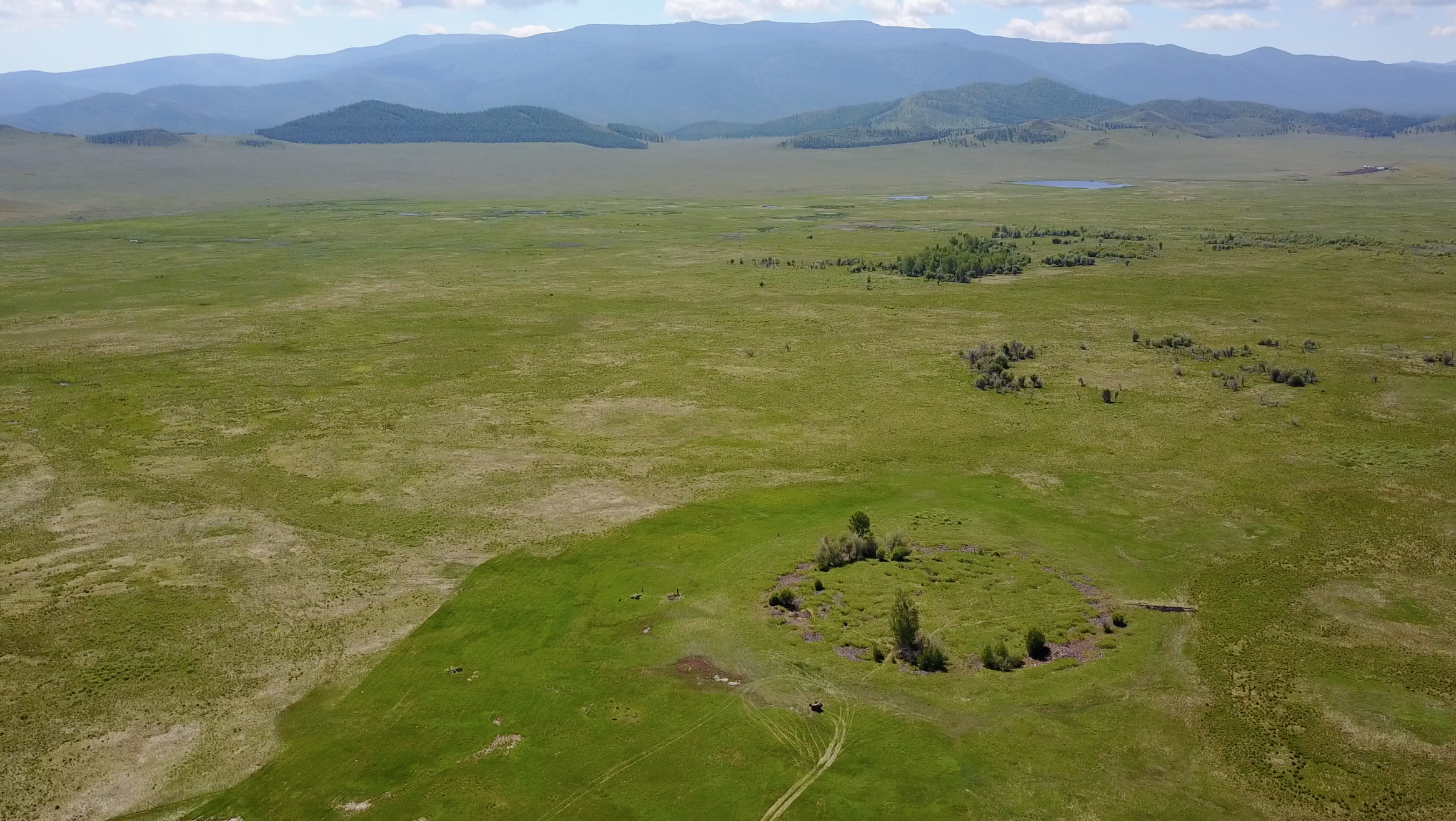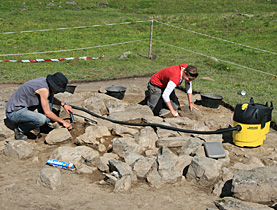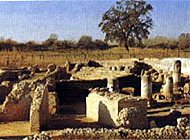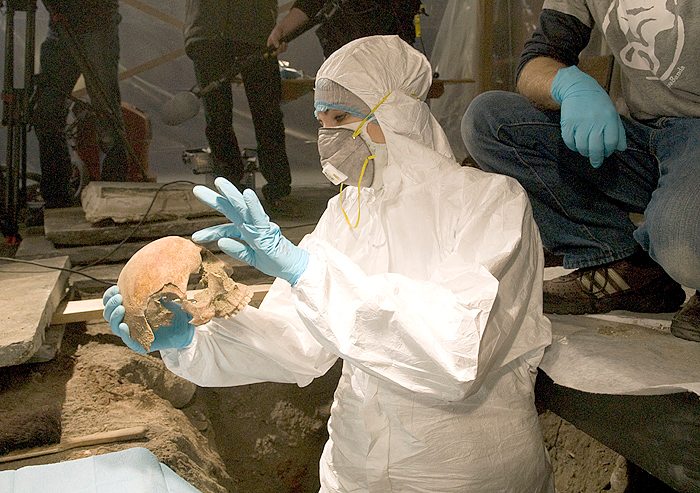Earliest Scythian prince tomb uncovered in Siberia

A Swiss archaeologist has unearthed the earliest known Scythian royal tomb in Siberia’s “Valley of Kings” after finding the site using high-resolution satellite images.
Gino Caspari, from the University of Bern, confirmed her suspicions during a dig last summer in the remote Siberian wilderness. The discovery of the Kurgan, a burial site of Scythian princes, was revealed by the university this week.
Analysis of wooden beams found at the site, known as Tunnug 1 or Arzhan 0, dated them to the 8th century BC, making the tomb nearly 100 years older than the earliest previously found.
“Archaeological methods have become considerably more sophisticated since the 1970s. Today we have completely different ways of examining material to find out more about the transition from the Late Bronze Age to the Iron Age,” said Caspari.
Such tombs typically contain gold jewellery, weapons, pots and horses complete with harnesses. The dig at Arzhan 0 is ongoing, but it is hoped that the permafrost in the region has preserved the contents of the tomb.
The Scythians were a nomadic people thought to have originated in Persia – modern day Iran. They spread throughout Eurasia between the 9th and 1st centuries BC.
Caspari’s project was part funded by the Swiss National Science FoundationExternal link. The dig is being conducted with Russian Academy of Sciences and the Hermitage Museum.

In compliance with the JTI standards
More: SWI swissinfo.ch certified by the Journalism Trust Initiative












You can find an overview of ongoing debates with our journalists here . Please join us!
If you want to start a conversation about a topic raised in this article or want to report factual errors, email us at english@swissinfo.ch.